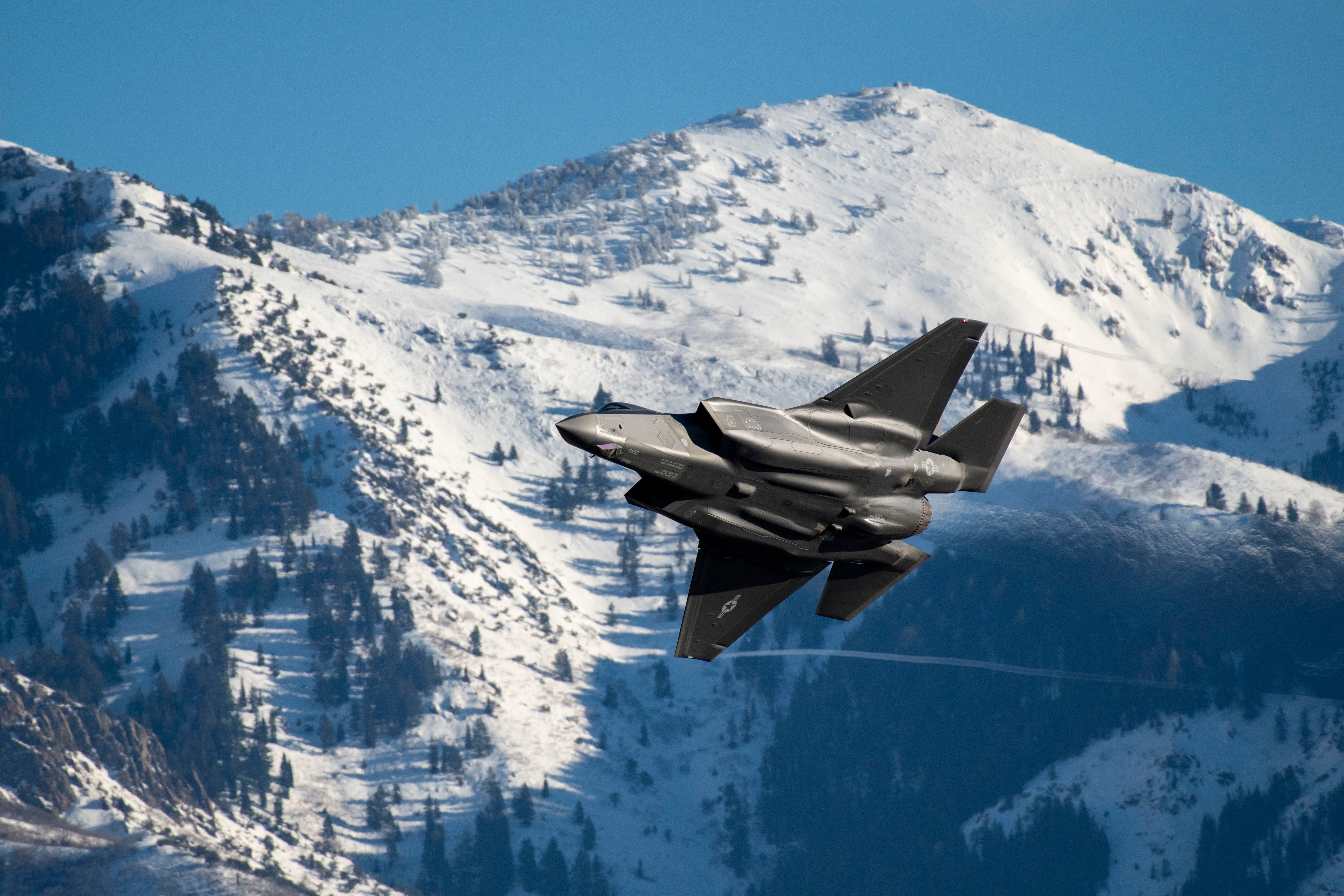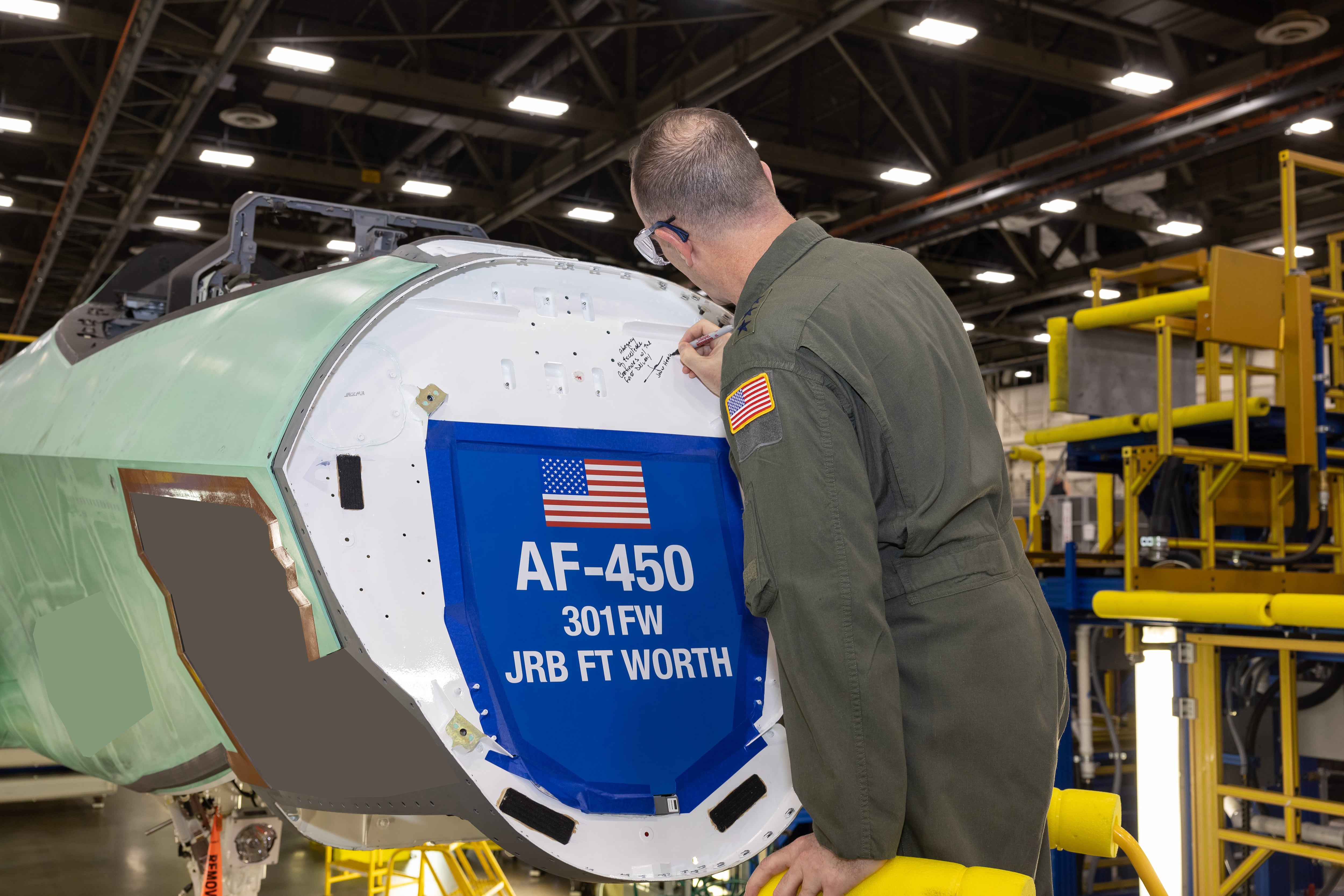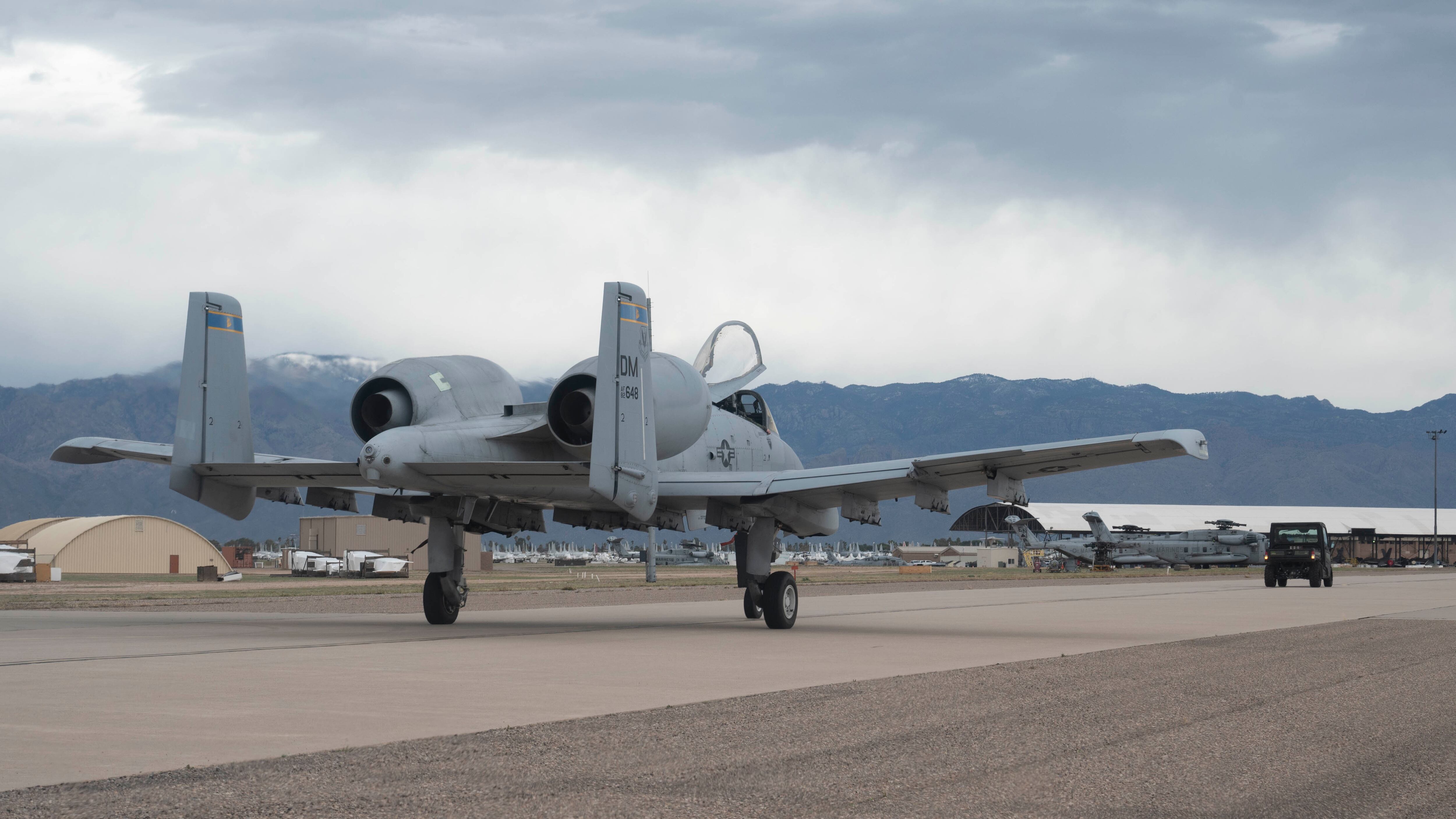The 301st Fighter Wing doesn’t have to go far to get a glimpse of its future.
Based at Naval Air Station Joint Reserve Base Fort Worth, Texas, the Air Force Reserve wing has a strategic vantage point near Lockheed Martin’s F-35A Lightning II production line: It’s right across the street.
RELATED

The hard part, 301st Fighter Wing Commander Col. Benjamin Harrison said, has been watching those planes head out to other locations.
“I’ve been sitting here just waiting for them to come over on our ramp,” Harrison told reporters on a call Wednesday.
That wait could soon be over. The 301st expects to receive its first two F-35s in August, making it the first Air Force Reserve unit to own, operate and maintain its own Joint Strike Fighters.

To mark the occasion, Harrison visited Lockheed on Wednesday alongside Air Force Reserve Commander Lt. Gen. John Healy and 10th Air Force Commander Brig. Gen. Regina Sabric to catch a glimpse of the company’s newest F-35s and to sign their names on the bulkhead under each jet’s nose gear.
“To actually see … and touch and sign that first delivery that’s going to be coming to us later on this summer couldn’t be more exciting,” Healy told reporters.
The Air Force picked the 301st in 2021 to replace its fleet of F-16 Fighting Falcons, which it has flown for 32 years, with the more advanced F-35. The 419th Fighter Wing, located at Hill Air Force Base, Utah, became the first Reserve wing to fly the F-35 several years ago. But the 419th shares those aircraft with Hill’s active duty 388th Fighter Wing, which owns the jets.
RELATED

The 301st Fighter Wing’s final deployment sent its Fighting Falcons to Saudi Arabia in April 2023, where airmen flew sorties in support of Operation Inherent Resolve and Spartan Shield. The wing has since shipped its F-16s to Nellis Air Force Base, Nevada, where they will be used as aggressors, and to bolster the fleet at the 93rd Fighter Squadron at Homestead Air Reserve Base, Florida.
Bringing the advanced Lightning II to the Air Force’s part-time pilots and maintainers equips them with important capabilities as the U.S. military rushes to keep pace with global adversaries like China, officials said Wednesday.
A multirole fighter, the F-35 can strike targets in the air and on the ground while simultaneously gathering data on its adversaries to pass to allied forces.
“We’ve been in the F-35 for a long time with tests and training and other operational flying,“ Sabric said. But getting Reserve-specific jets is “a big step for the Air Force Reserve right now and … for the Air Force in general,” she said.
It comes as the Air Force looks to phase out some of its older aircraft fleets in favor of the F-35. According to fiscal year 2025 budget documents, the service plans to reduce its inventory of F-16s from 841 to 830 through September 2025, while increasing the number of F-35s from 477 to 526.
The 301st Fighter Wing expects to receive a total 26 F-35s, and has already begun transitioning to the jet by sending reservists to F-35 bases across the country to learn about the airframe, Harrison said. A site activation task force was also established several years ago to help bring the aircraft online at Fort Worth.
The wing will work hand-in-hand with the active duty 24th Fighter Squadron at the same base to train pilots and maintainers, Harrison added.
“I’m not going to give you a finite date as to when we will be absolutely ready to go, but we are working to get that process down as soon as we can get everybody trained and equipped with the parts and supplies and all the pieces put together,” Harrison said. “It’s a complex problem set.”
Courtney Mabeus-Brown is the senior reporter at Air Force Times. She is an award-winning journalist who previously covered the military for Navy Times and The Virginian-Pilot in Norfolk, Va., where she first set foot on an aircraft carrier. Her work has also appeared in The New York Times, The Washington Post, Foreign Policy and more.




